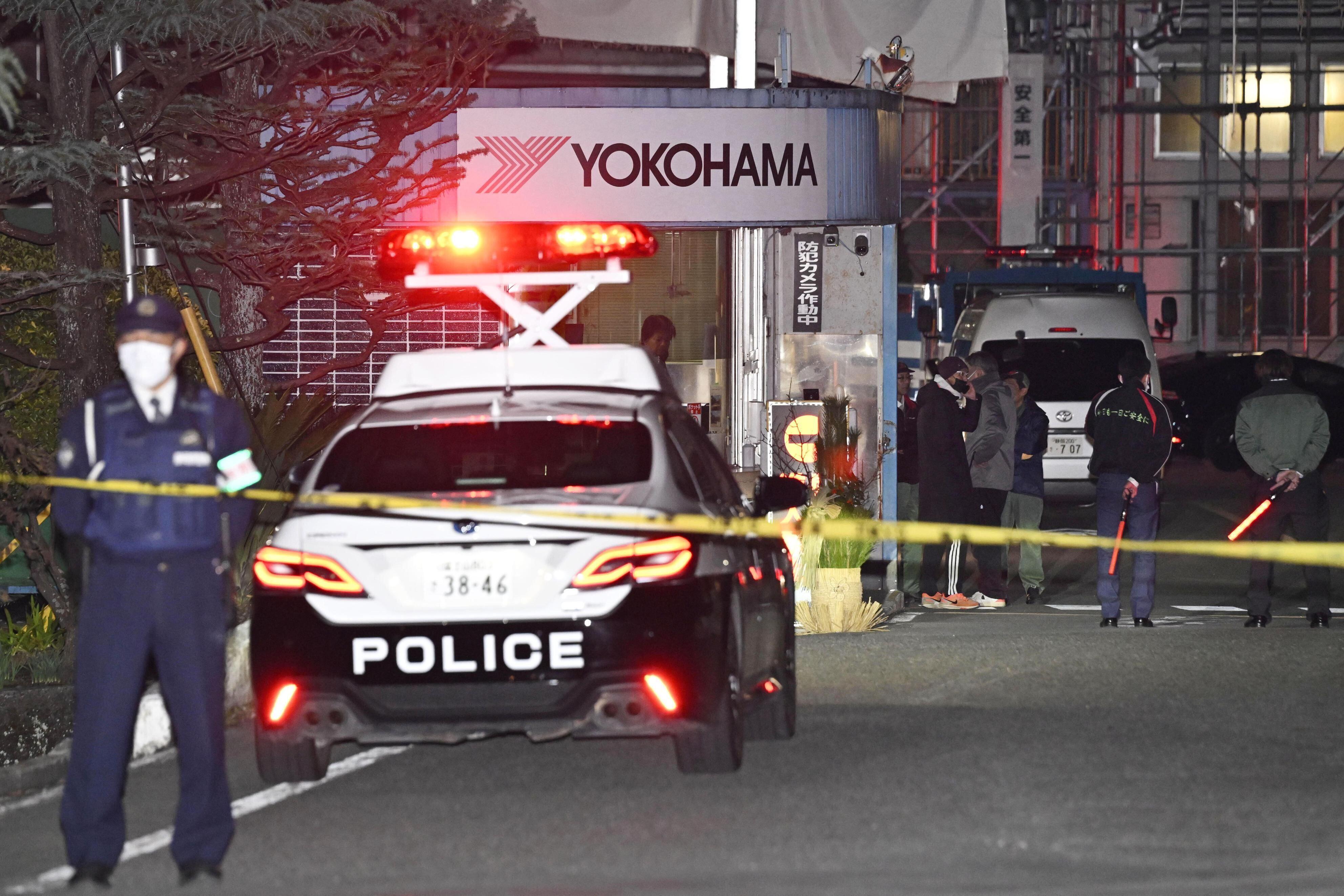When you talk about killer robots, a lot of people think of something like the Terminator. But killer robots can come in many forms, including drones.
A short video by Stuart Russell and the Future of Life Institute shows just that — a future where drones have become weaponized and start wreaking havoc on civilians. Obviously, the footage isn't real, but here's the thing: It could become a reality, and we're not far from it.
"The biggest issue, I think, is that we're crossing a moral line, a fundamental moral line, when we outsource killing to machines like that on the battlefield," said Mary Wareham.
Wareham spoke to Newsy from the United Nations in Geneva, where she's spearheading a pre-emptive ban on future weapons that would automate targeting and firing on people. In other words: killer robots.
"The campaign calls for a pre-emptive ban on the development, production and use of what we call fully autonomous weapons and what they call here at the U.N. lethal autonomous weapon systems. But I think what everyone understands is: killer robots," Wareham said.
Human control of autonomous weapon systems can essentially be boiled down to three different interactions: in-loop, on-loop and out-of-loop.
Wareham said: "In the loop is, for example, what we see today with today's armed drones. We've got an autonomous aircraft that can deliver weapons. But at the moment, it's under control of a human back home in a base somewhere who looks through a camera and watches everything that a drone records and then takes the decision to fire on targets."
"On the loop is where the human operator can intervene if they need and stop the action from occurring. ... It could be fully autonomous, but at the moment, it still has the human who intervenes."
"Out of the loop is what concerns the campaign the most. Those are the fully autonomous weapons systems. Those are the ones that would lack human control over selecting targets and using force."
The line between on-loop and out-of-loop control is starting to blur. The Harop is an Israeli-made "suicide drone" that rams into its target and explodes. Azerbaijan reportedly used one last year to strike a bus full of Armenian military volunteers.
Wareham calls the Harop a "borderline system" because humans control it, but it can also operate autonomously and hone in on radar or radio waves to find its target. Wareham says this kind of weapon is the reason we need to draw the line between on-loop and out-of-loop control systems.
That's important because technology is developing so fast that a pre-emptive ban on killer robots might be too late.
Establishing a ban on fully autonomous weapons systems has been a long fight. In the five years since the campaign started, just 22 countries have signed on. Wareham says the slow pace has been frustrating but that support is building for negotiating new international law.
"We're starting to have some pretty big debates right now about when we're going to take that word 'pre-emptive' off and start pointing at weapon systems that concern us," she said.
Wareham continued: "Fully autonomous weapons go against the very notion of human dignity and how you should be killed.
"At the moment, the way things are going, we're concerned that humans are becoming more and more remote from warfare. And our concern is that they're just going to drop out, and they won't be involved in those decisions."




 ISIS Drones And The 'Industrial Revolution Of Terrorism'
ISIS Drones And The 'Industrial Revolution Of Terrorism' The US Is Testing Micro-Drone Swarms Deployed From Fighter Jets
The US Is Testing Micro-Drone Swarms Deployed From Fighter Jets






